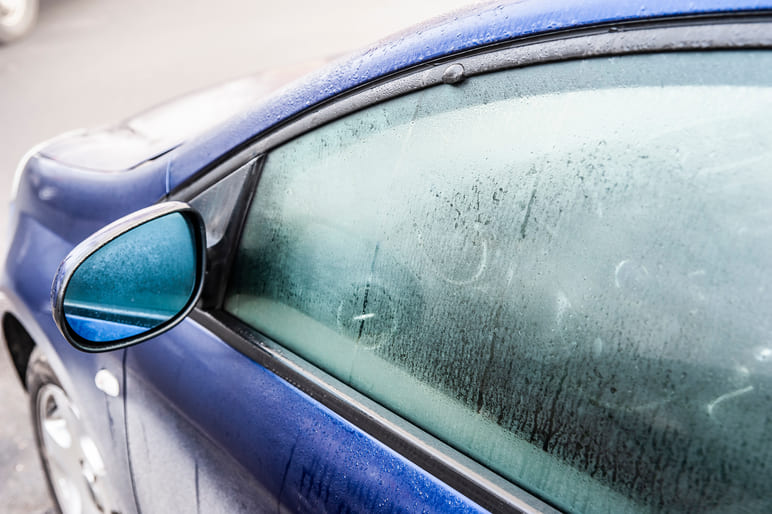
As winter approaches, it’s vital you clear your car’s windscreen of condensation properly.
In comparison with scraping ice off your windshield, doors that won’t open, and needing to swap tyres, car condensation doesn’t seem like one of the biggest problems that comes with drawn in nights of autumn and winter That doesn’t stop it from being a major annoyance on frosty mornings though. Excess water in the form of condensation can leave your car feeling cold and damp inside, have a musty smell, damage the fittings, and impair visibility. Follow our guide to learn how to prevent condensation on windows and how to remove damp before it causes some real problems.
What is condensation?

When you get in your car in the morning and notice that small water droplets have formed on the windows and windscreen, this is because of condensation. Condensation is the process of water vapour becoming liquid because of a change in temperature. It is the reverse of evaporation, where liquid water becomes a vapour.
It happens when the temperature inside your car is different from the outside. Warm air from inside the car meets the cold windscreen and turns water vapour into actual water as the air inside the car because cooler. This causes that irritating windscreen fog that stops you from seeing clearly. Since temperatures fall at night, often past the ‘dew point’ (the temperature at which vapour becomes liquid), we often get condensation in our cars in the morning, but rarely in the afternoon.
Condensation can also form because the air in the car is too saturated with water vapour and there could be a couple of different reasons for this.
Snow or rain on shoes or simply wet or sodden items left in the car for a prolonged period of time can be one of the most common causes of dampness in the car interior. This should pose no problem and becomes apparent during driving. Rainwater getting into the car can also cause damp and this could get in through a leaking sunroof or windows. Water from the interior heating system can also cause condensation if there is too much of it. A damp car floor is often a sign that there is a leak and you should definitely investigate this if it is the case.
Something that is often overlooked when considering the causes of condensation in a car is the effect of leaving old cups of coffee or open bottles of water in your car. Over time the water from these open containers evaporates and the resulting moisture gets trapped inside your car where it can condense on your glass and dashboard or simply cause the air to be oversaturated with water vapour. Get rid of these bottles to get rid of the risk of condensation.

What problems can condensation cause?
Condensation on inside windows can cause some larger problems than just delaying the start of your journey by a few minutes. If water breaches the seals and gets into the car’s electrical systems it can cause the engine to misfire, electric windows to fail, or doors to not lock properly. This last issue can be especially dangerous and all of these problems can be costly to repair and certainly keep you on the driveway for more than just a few minutes.
Condensation can also cause mould in cars. After droplets and damp have formed on the glass of your car (or indeed other surfaces such as car seats), mould can start growing as small black dots on the windows and on cars’ fittings. It can in turn lead to the window seals being damaged. It is, therefore, critical that you know how to stop condensation in cars from forming.
How can I get rid of condensation and stop it from forming?
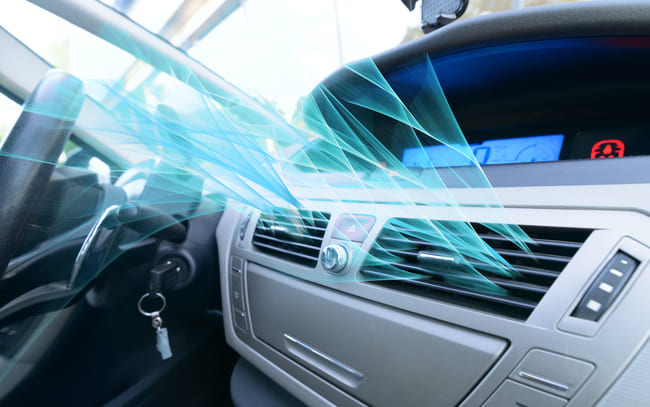
Top tip for stopping condensation straight away: If you come into the car and notice that the condensation has formed overnight, the most important thing is being able to try and balance out the temperature between the air and the windscreen. One of the simplest ways of doing this is to use your heater and demister, but start by keeping the temperature cold at first. Set the system to full and point them at the windscreen and windows. Using AC at the same time will help to keep the air dry. If your car has a heated windscreen, this can be used in conjunction with them too. Keep gradually increasing the temperature until the windows are clear.
As well as what you can do straight away, there are several ways to prevent condensation from forming in the future and guarantee yourself a dry car:

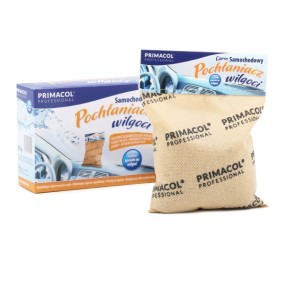


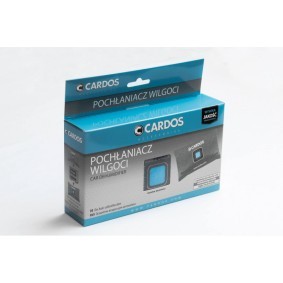





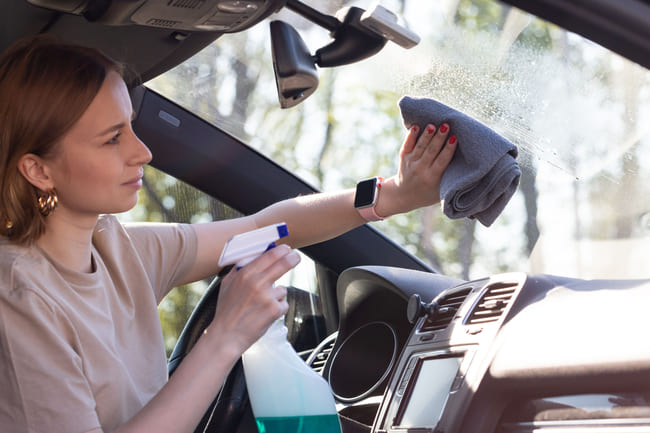


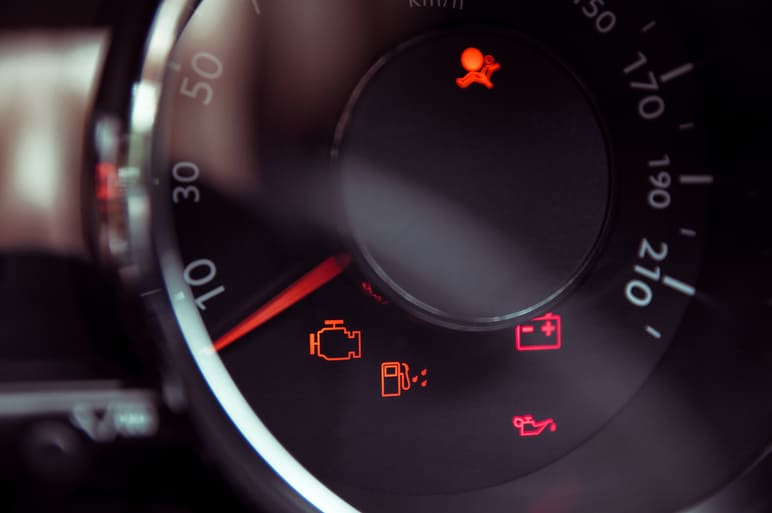


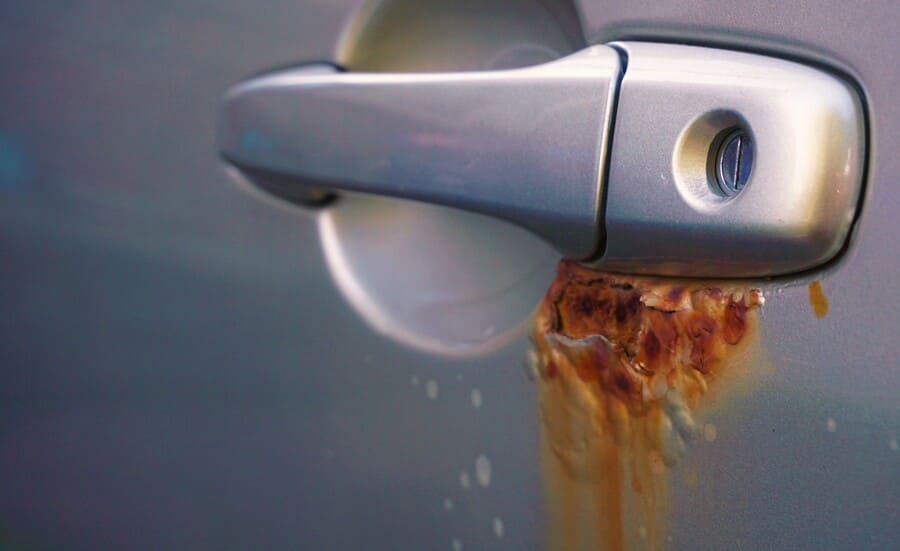


Comment